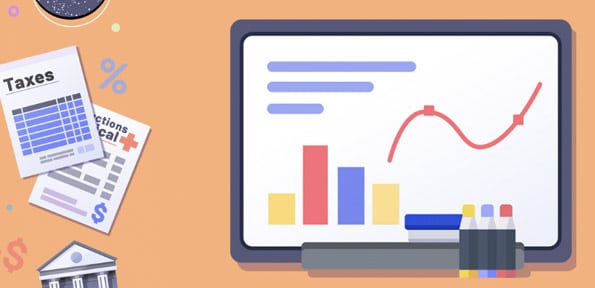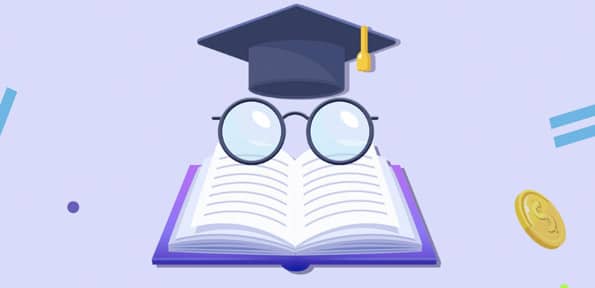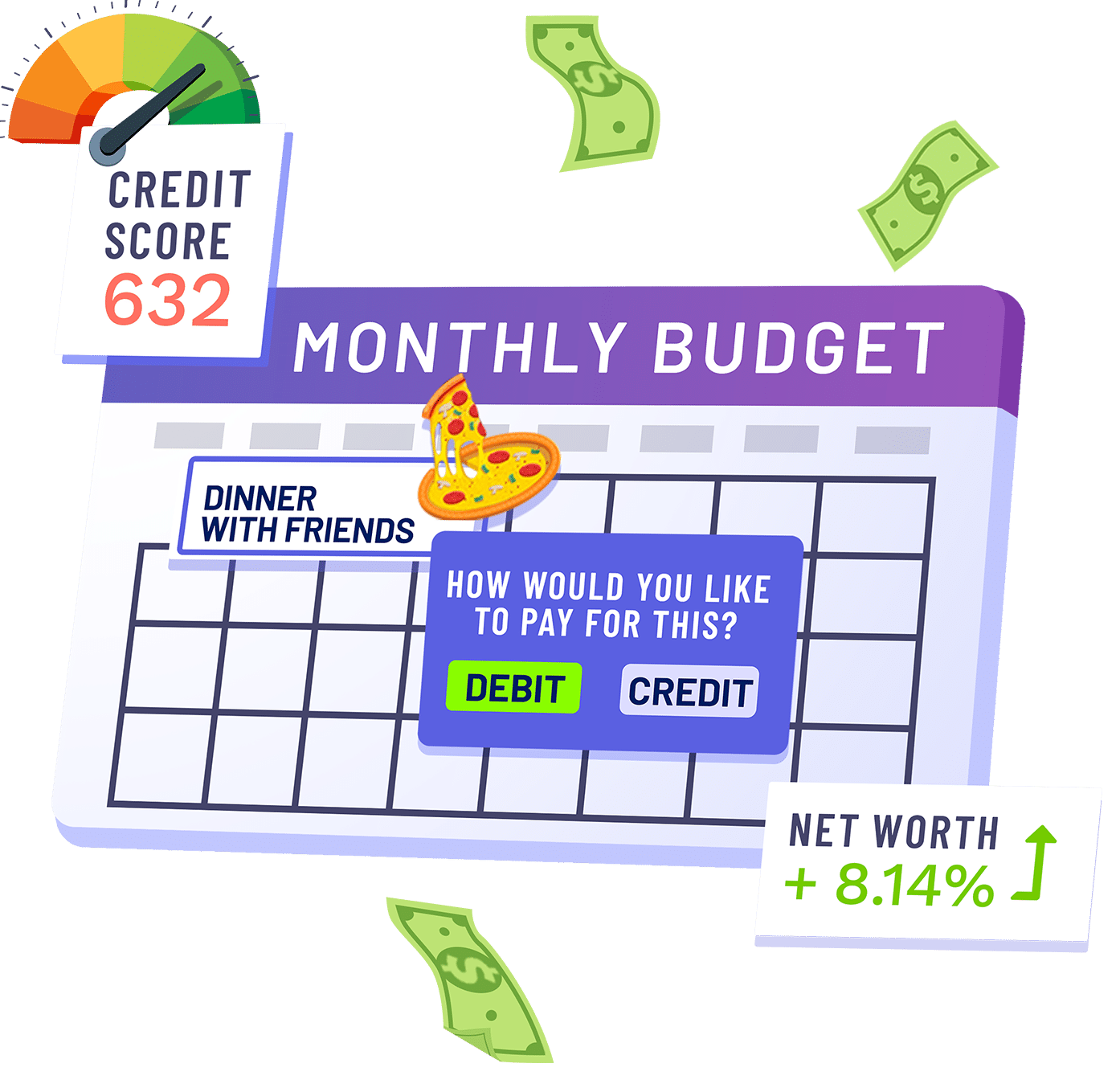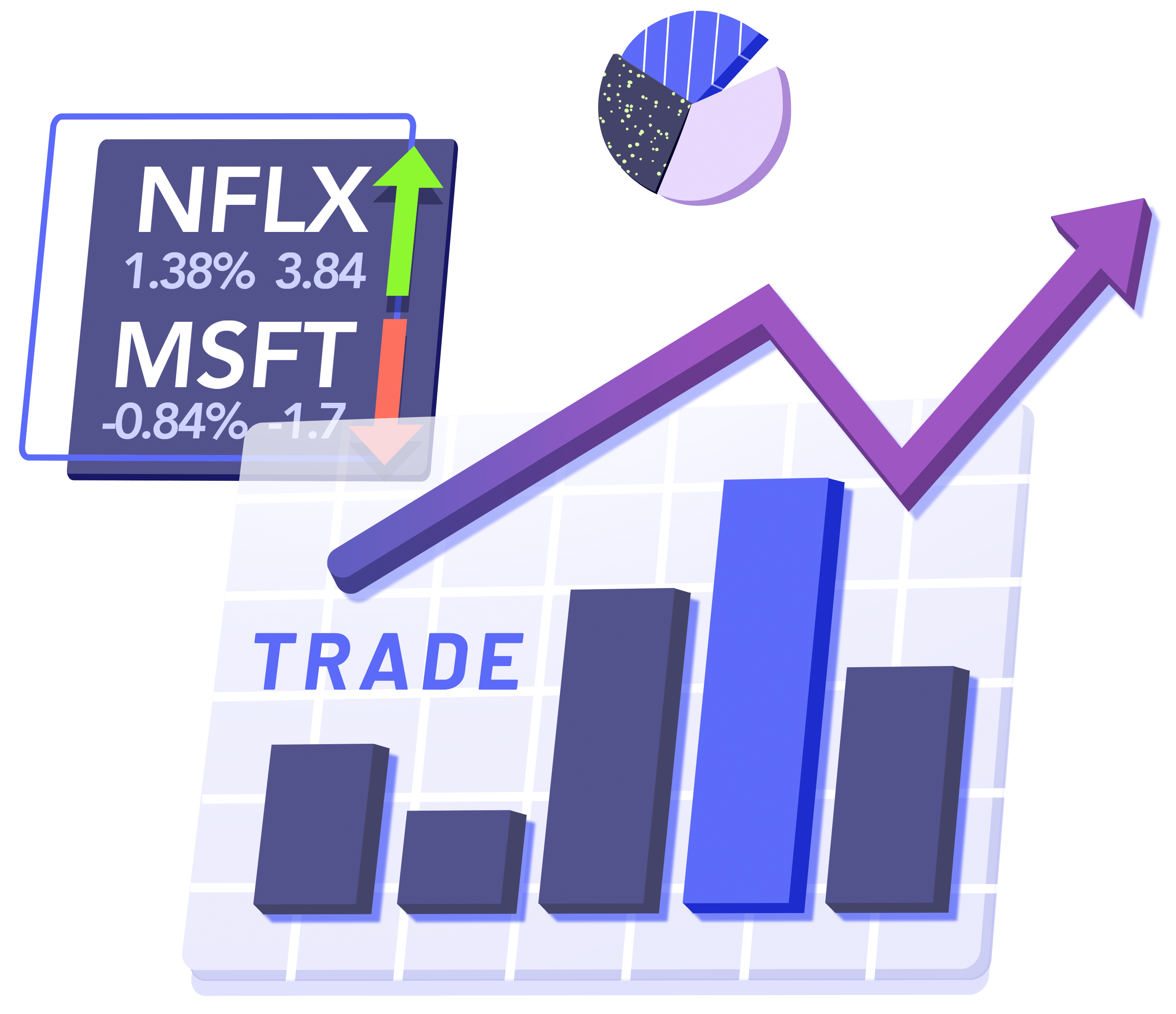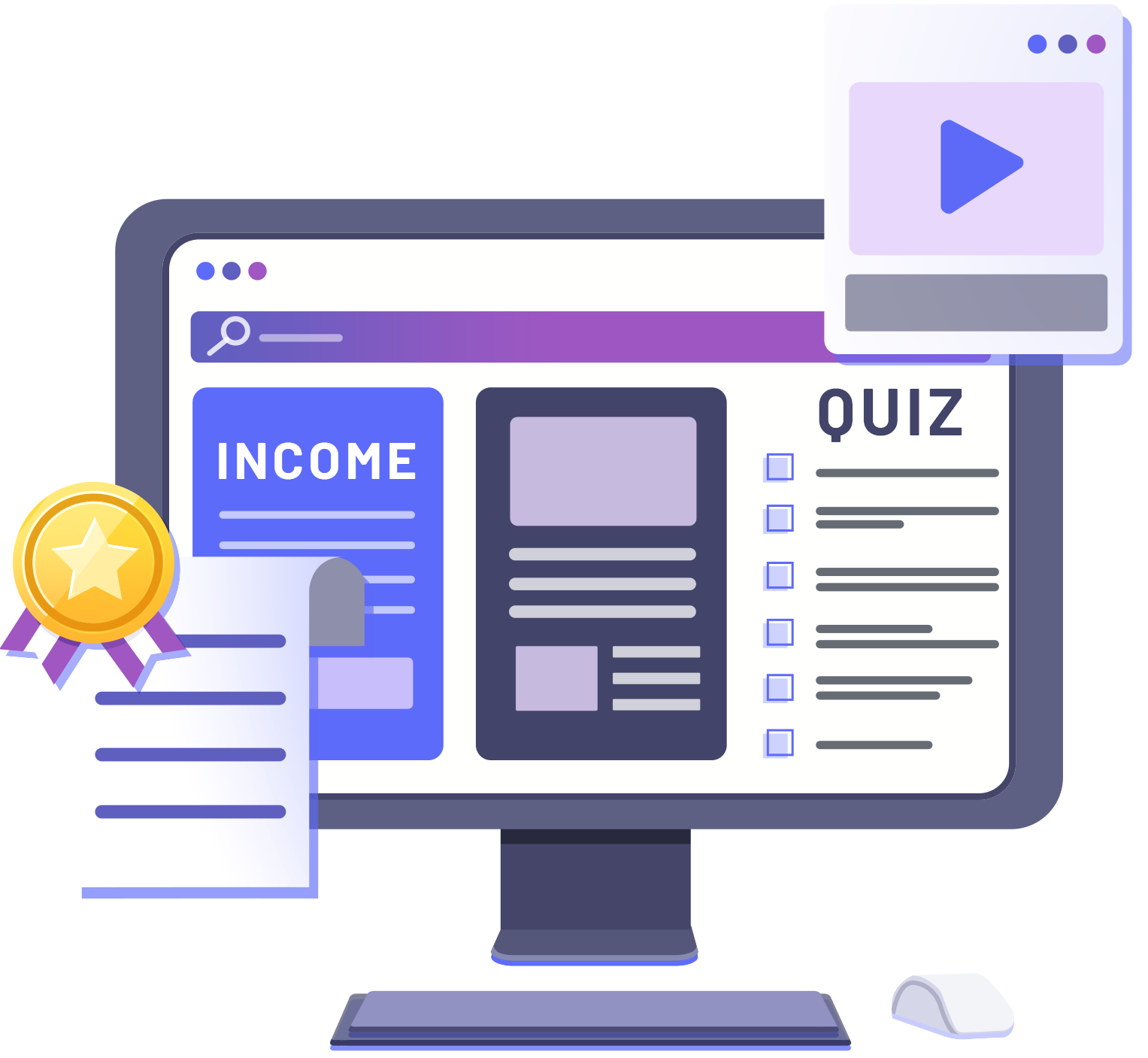

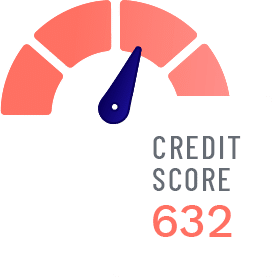

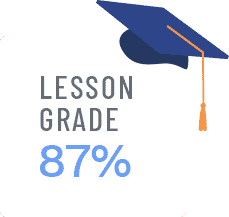
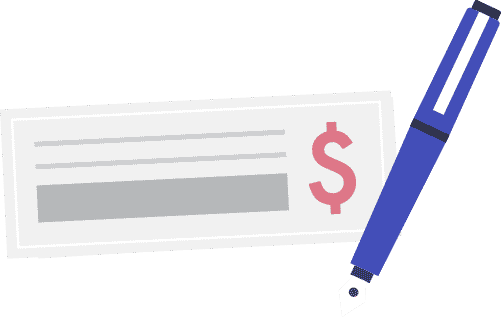
North Carolina
Standards Alignment
A list of the North Carolina Standards for Economics and Personal Finance are below, along with a selection of activities from our games and lessons that align with each standard.
Are you teaching Financial Planning I Honors? Check out how we align to the pacing guide by clicking this link.
Learn more